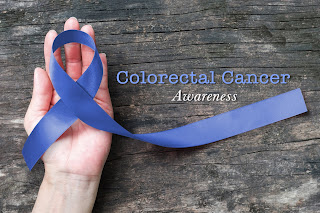The nightmare of 2020 is almost over, and it appears there is some hope for 2021 on the horizon. Bringing attention to National Hand Washing Awareness Week is a perfect ending for this year and serves as a reminder of what must be continued into the new year. Hand washing still needs to be a top priority as we navigate the pandemic along with our yearly flu season.
Personal hygiene starts and ends with our hands. Clean hands can prevent illness, so it is important to learn the basics regarding hand hygiene. Good hand washing technique is the best way to stop the spread of germs that enter our bodies through the eyes, nose and mouth. Frequent hand washing with soap is one of the best ways to stop the spread of coronavirus. Make it a point to wash your hands several times a day whether you think they need it or not. Note: Yes, they need it.
Learn the 4 Principles of Hand Awareness that are endorsed by the American Medical Association and the American Academy of Family Physicians:
- Wash your hands when they are dirty and before eating
- Do not cough into your hands
- Do not sneeze into your hands
- Do not put your fingers in your eyes, nose, or mouth
- Wet your hands with clean, running water and apply soap
- Lather your hands and rub them together with the soap. Clean the back of your hands, between your fingers and under your nails.
- Scrub for at least 20 seconds, which is the time it takes to hum or sing the “Happy Birthday” song twice
- Rinse your hands with clean, running water
- Dry your hands with a clean towel or air dry them
Do you want to hear a gross statistic? Less than 75% of women and less than 50% of men wash their hands after using the bathroom. Yikes!
Whether you’re celebrating the December holidays of Christmas, Hanukkah, Kwanzaa, or the winter solstice, please take cleanliness and hygiene seriously (and get your flu shot now.) For further tips on handwashing and safe holiday celebrations, see the following links that are updated periodically.
https://www.cdc.gov/handwashing/index.html
https://www.cdc.gov/coronavirus/2019-ncov/daily-life-coping/holidays.html
Have a safe holiday season!










